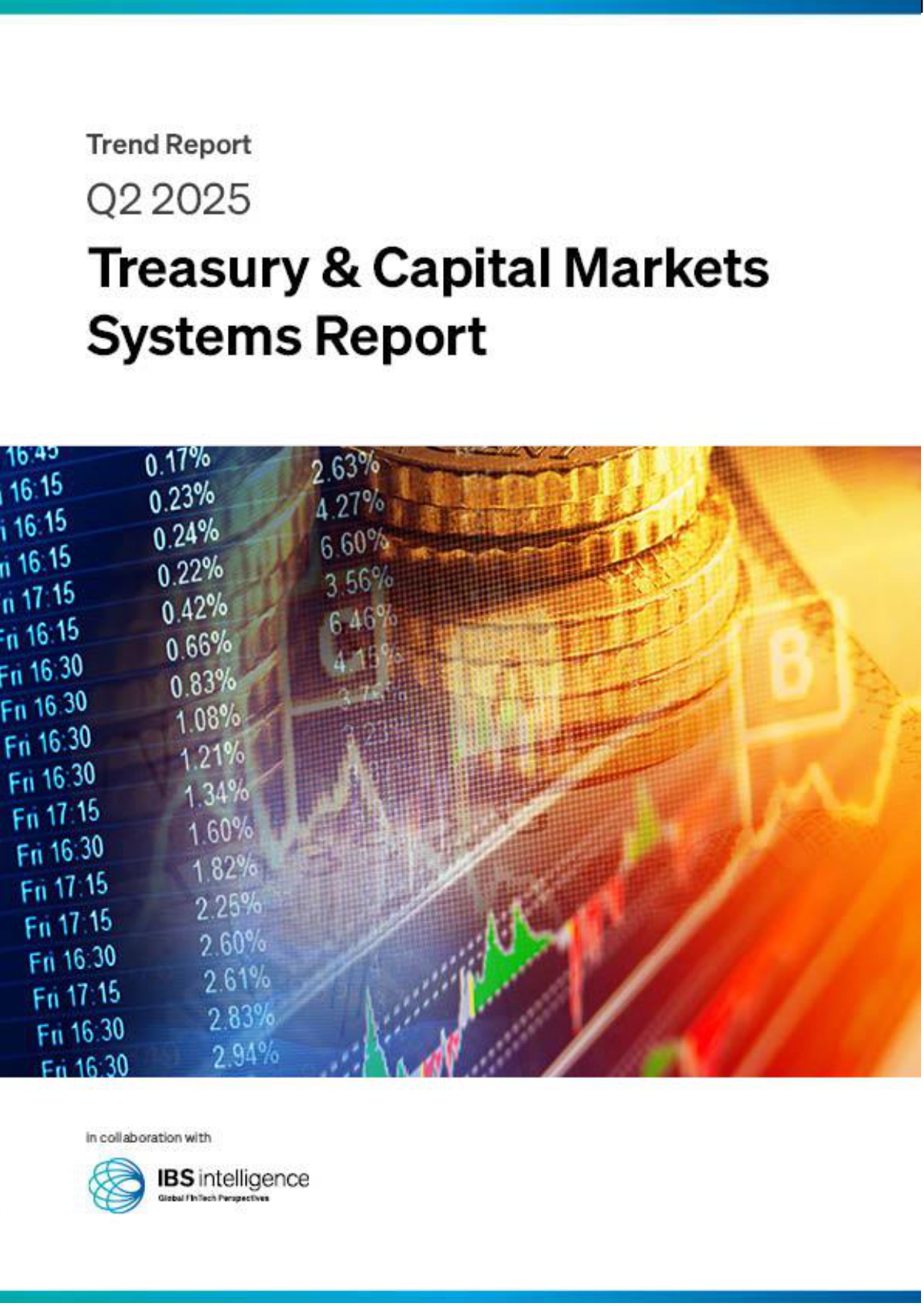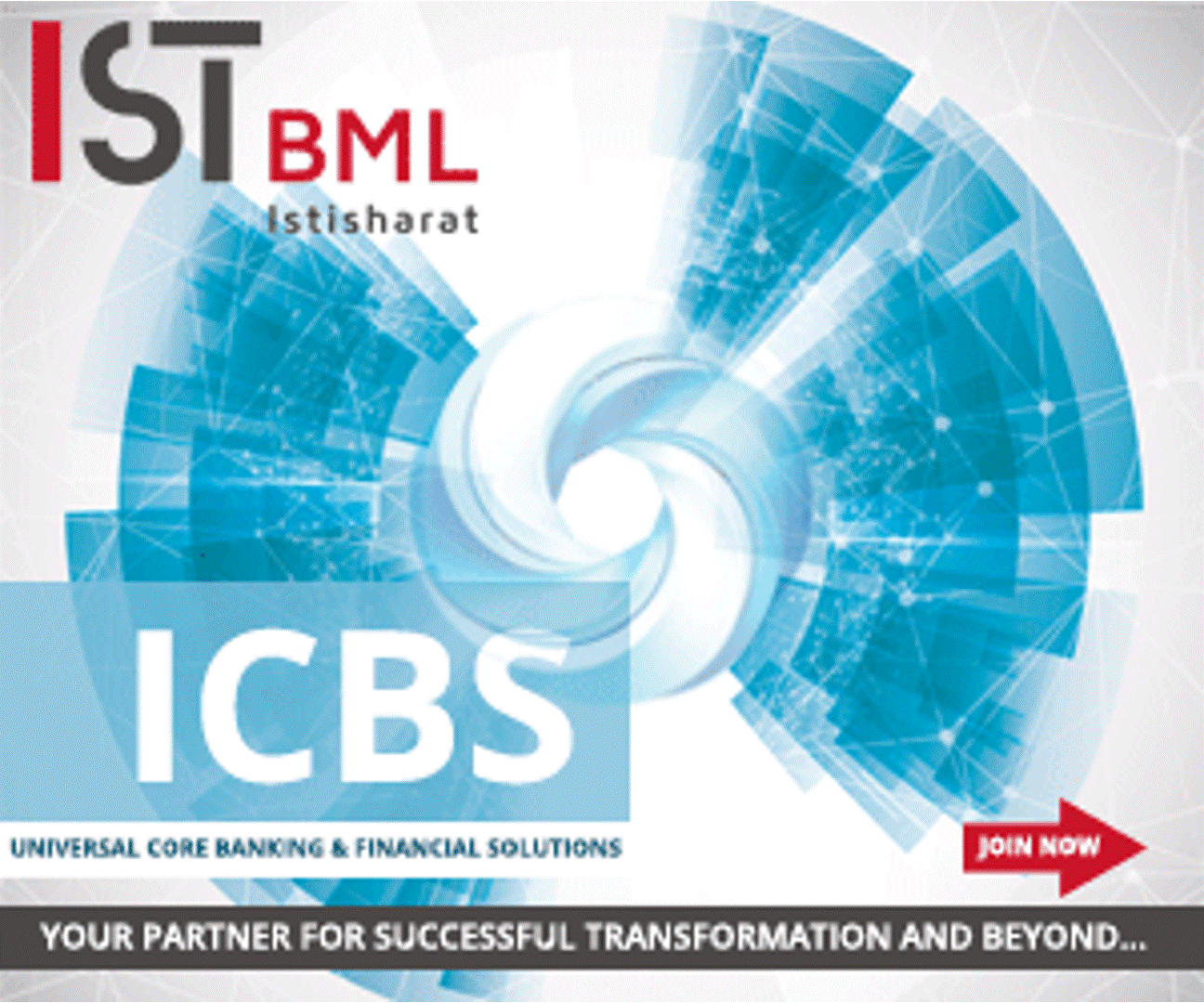 Back
Back
Embedded finance to surpass $183bn by 2027 as businesses diversify, study shows
By Puja Sharma
 A new study from Juniper Research has found revenue from embedded financial services will exceed $183 billion globally in 2027; increasing from just under $65 billion in 2022. Growing by 182% over the period, the report found this expansion will be largely driven by non-financial businesses incorporating embedded finance options into their product offer. These options will usually be introduced within the checkout process of an eCommerce transaction or incorporated seamlessly within a mobile app; resulting in enhanced financial options for the consumer and potential new revenue streams for vendors.
A new study from Juniper Research has found revenue from embedded financial services will exceed $183 billion globally in 2027; increasing from just under $65 billion in 2022. Growing by 182% over the period, the report found this expansion will be largely driven by non-financial businesses incorporating embedded finance options into their product offer. These options will usually be introduced within the checkout process of an eCommerce transaction or incorporated seamlessly within a mobile app; resulting in enhanced financial options for the consumer and potential new revenue streams for vendors.
The research also explored why businesses are gravitating toward embedded finance, the newest use cases for US B2B embedded finance, and how the B2B embedded finance market is catching up with B2C offerings.
The report emphasised that it will be crucial for businesses to identify which financial services work best within their customer environment, whether B2B or consumer. Choosing products that align with target demographics and offer genuine consumer benefits will be the most successful.
A key factor driving the adoption of embedded finance is that the technology provides companies and their customers with access to instant payments that are simple, low-cost, and reliable. As such, API technologies are becoming more widely used, with about two-thirds of banks eyeing these technologies to aid the “consumerization” of B2B payments. Indeed, the most common use cases include offering third-party payment options such as fixed-rate installment loans or BNPL options.
Embedded Finance occurs when financial services, such as banking, insurance, or lending, are integrated into non-financial user experiences.
It’s Time for B2B Embedded Finance
The research identified financial services currently less well saturated within B2B markets; resulting in a significant untapped opportunity for B2B businesses to augment their revenue streams by incorporating embedded finance solutions.
Research author Dominique Tetnowski said, “Bringing innovations seen within the consumer environment, such as Banking-as-a-Service, to a B2B environment is a powerful, underserved opportunity. Businesses wishing to offer embedded finance must choose the right offerings, that solve genuine challenges targeted specifically at their customers, or they will lose out to better-targeted competitors.”
Embedded Investments – The Fastest-growing Segment
Additionally, the research found that embedded investments, where stock trading and investment products are integrated within other apps, will be the fastest-growing segment. It will increase by 421% over the next 5 years; accounting for almost $11 billion in revenue globally by 2027. It recommends brands serving high-net-worth individuals pursue embedded investment strategies, to broaden their appeal to premium users.
The research, published as the Galileo Embedded Finance Report, highlights the inherent need for those businesses to offer embedded finance solutions to better enable payments, payroll, credit and lending, insurance, banking, and other financial services across the B2B industry. The top three critical business pain points being solved by embedded finance today are customer retention, cash flow management, and revenue growth.
“Customer retention, a major pain point for businesses, can be significantly enhanced through embedded finance tools. This is a critical differentiator that businesses must leverage, or they will be left behind,” the report explained. Among the 63% of businesses that use embedded finance today, the majority (78%) work with two or more providers to enable their solution, with FinTechs being the top preferred provider.
IBSi FinTech Journal
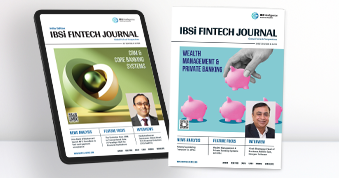
- Most trusted FinTech journal since 1991
- Digital monthly issue
- 60+ pages of research, analysis, interviews, opinions, and rankings
- Global coverage
Other Related News
Related Reports

Sales League Table Report 2025
Know More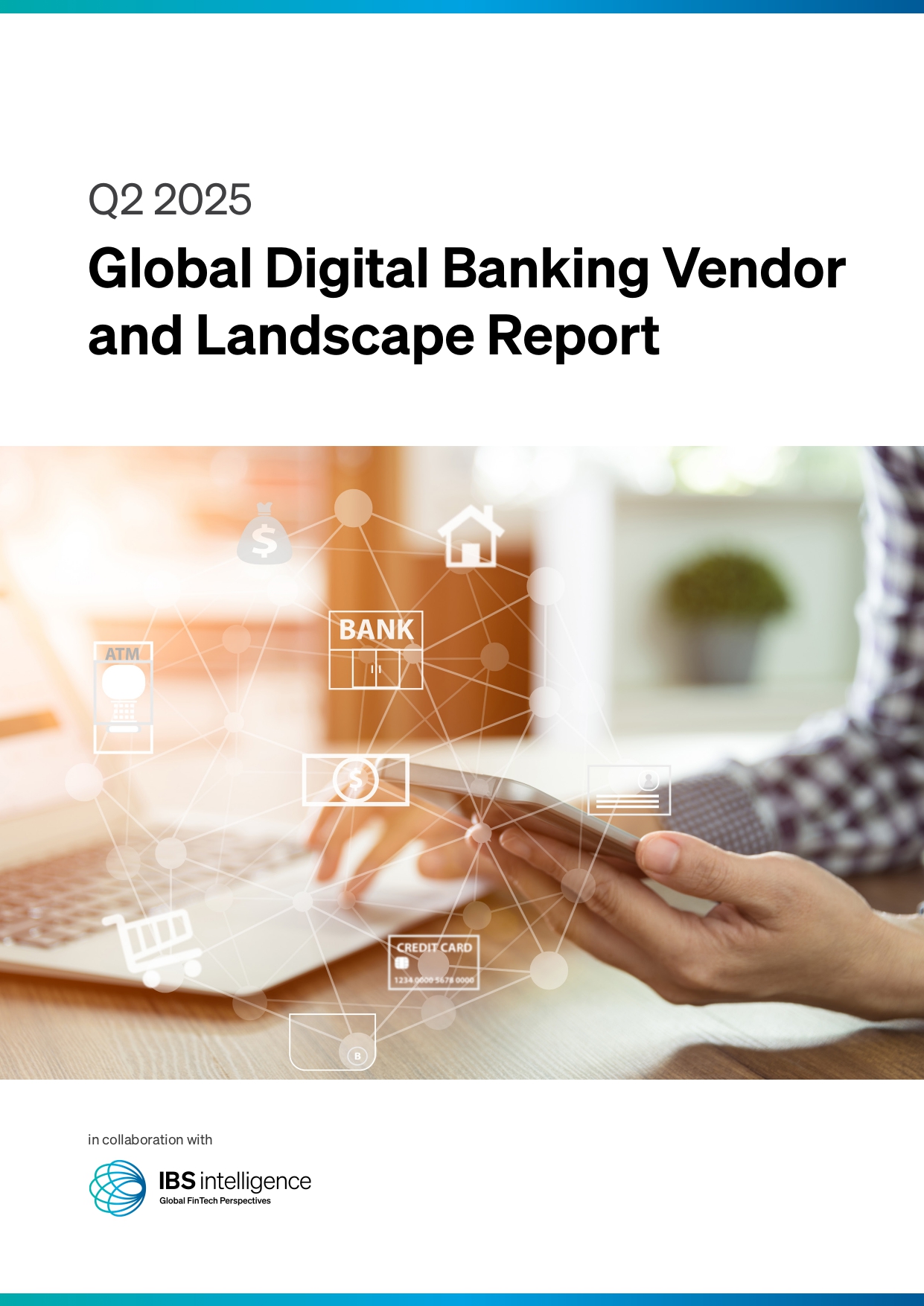
Global Digital Banking Vendor & Landscape Report Q2 2025
Know More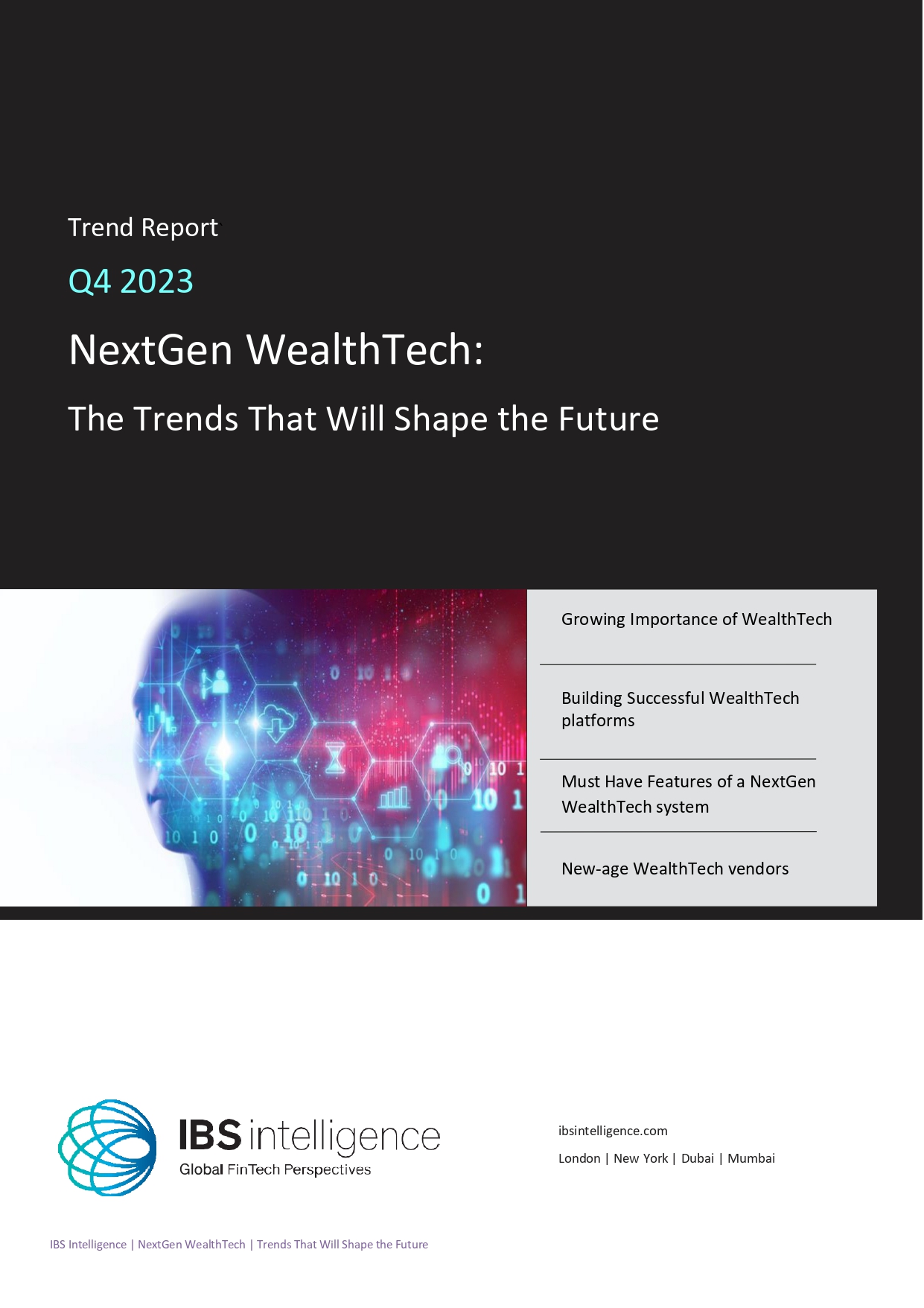
NextGen WealthTech: The Trends To Shape The Future Q4 2023
Know More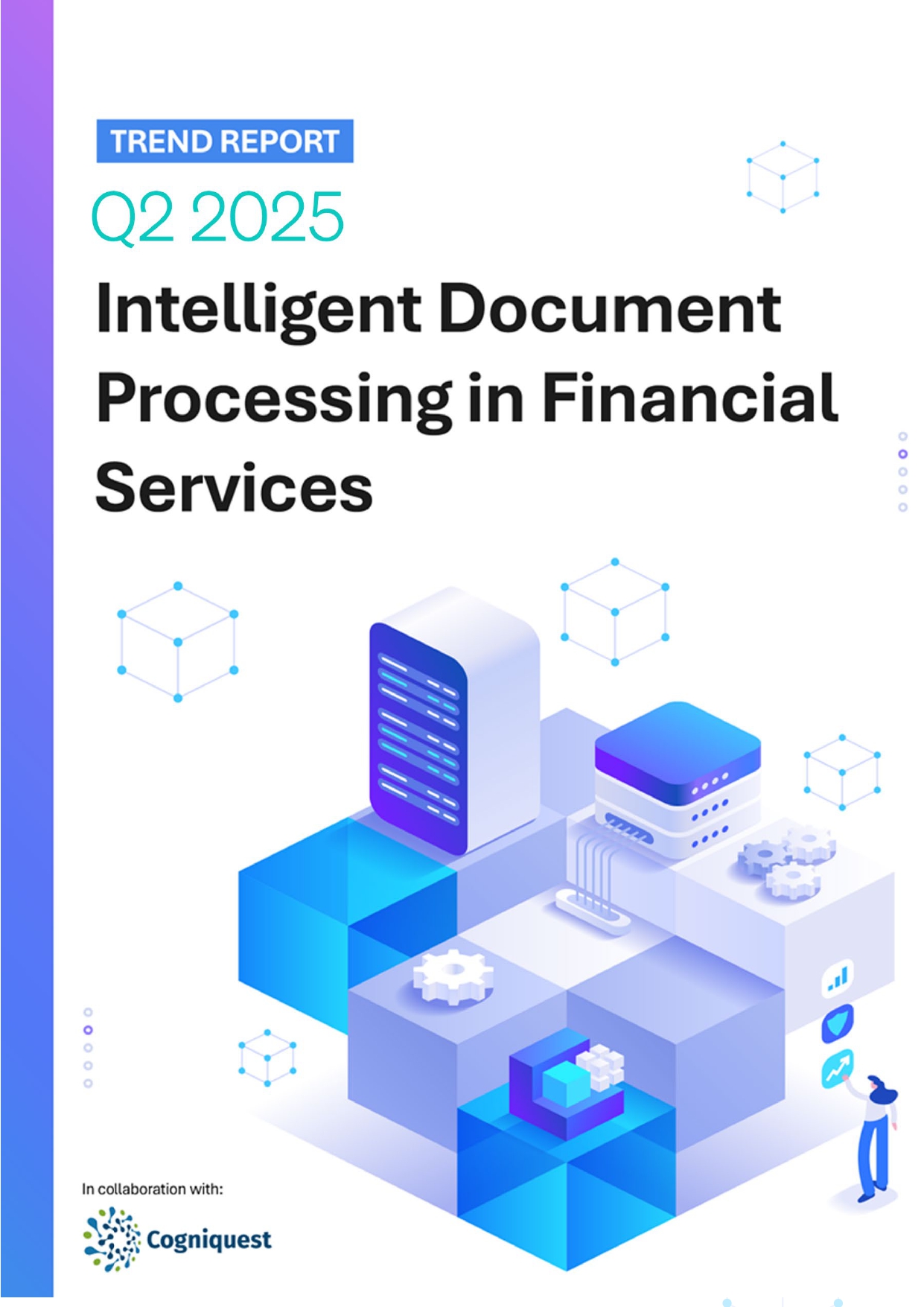
Intelligent Document Processing in Financial Services Q2 2025
Know More